It’s official: Australians now buy more SUVs than passenger cars, or at least they did in February.
Last month, 35,497 SUVs were sold in Australia, while 34,750 sedans, wagons, hatchbacks, people-movers and sportscars drove out of showrooms – a difference of 757 sales.
The ongoing trend towards high-riding vehicle options has led to predictions that SUVs would inevitably overtake passenger cars in Australia’s sales race, but Federal Chamber of Automotive Industries (FCAI) chief executive Tony Weber thinks it is still too early in the year to call 2017 the tipping point.
He described the February result, reported in official VFACTS sales figures compiled by the FCAI, as “one monthly outcome that doesn’t signal a landslide”.
But Mr Weber did recognise that the sales shift was a culmination of the “steady, demonstrable shift in consumer preference which has been occurring in the past few years”.
“Clearly Australian buyers are attracted by the features and capabilities of new generation SUVs, and how these types of vehicles suit their needs and lifestyles,” he said.
Statistically the total market took a 7.7 per cent dive in February compared with the same month last year, but the fact 2016 was a leap year granted sales staff an extra day of work so the 89,025 reported sales last month represents less of a slip in real terms. Nevertheless, most passenger car segments experienced a sales slump last month, with only micro and sports cars gaining ground. Popularity of small and large SUVs also went down.
One of the powerhouse segments was medium-sized SUVs costing less than $60,000, which provided a source of top-10 sellers including the Hyundai Tucson and Toyota RAV4, while the Mazda CX-5 outsold both of those model even though it is just two months away from being succeeded by a next-generation version.
Nissan’s X-Trail was also a strong seller, with just 66 units between it and an overall top-10 spot.
Toyota maintained its market dominance with 16,308 sales putting it far ahead of second-placed Mazda, but growth pretty much flatlined at 0.8 per cent. Its Corolla small car outsold the HiLux ute, which was Australia’s best-selling vehicle bar none last year, by six units.
A 1.1 per cent sales dip for Mazda to 9923 units did little harm to its almost 3000-unit lead over Hyundai, which slumped 6.8 per cent, but the Mazda3 small car, CX-3 compact SUV and CX-5 all held pretty firm. Time will tell how the next-gen CX-5 changeover affects Mazda’s performance.
Hyundai’s result of 7001 sales encompassed some big losses in the iLoad and iMax van and people-mover ranges plus double-digit downturns for the i30 and Elantra small cars.
With 5758 sales, Mitsubishi managed to outdo both Holden and Ford despite the diamond brand’s overall throughput dropping 7.3 per cent. Selling 2000 Tritons helped, as did a 90 per cent spike in sales of the related Pajero Sport off-roader.
Holden went backwards following a positive start to the year, its February sales dipping nine per cent to 5724 units mainly due to the loss of the locally made Cruze small car from its range and slow uptake of the imported Astra that replaced it. Holden is pinning its Astra hopes on the arrival this month of a couple of top-spec automatic variants to get sales moving.
Across town, Ford was not far behind its arch rival with 5724 sales but its only models to not register double-digit sales losses were the Transit, Transit Bus, Ranger 4x4 and Mustang. The Ranger was Australia’s fourth-most popular vehicle overall with 2931 sales, behind the Corolla, HiLux and Mazda3.
Despite the Broadmeadows production line closing last October, limited stocks remain of Ford’s Falcon and Falcon Ute, while stockpiles of the Territory are expected to help this model remain available until the third quarter of the year.
After seventh-placed Volkswagen, which dropped a poetic 7.0 per cent to 4618 units, the bottom of the sales table was full of excitement, with Nissan demand drying up to the tune of 18.3 per cent and 4425 sales to earn it eighth spot but Kia going gangbusters with 4174 sales and 32.4 per cent growth off the back of Cerato and Sportage popularity.
Meanwhile in tenth place, Subaru stormed ahead to 3476 units with an 11.7 per cent uptick largely due to strong sales of the new Impreza small car that found 962 buyers in February.
In the rarefied air of German luxury brands, Mercedes-Benz sold 3419 vehicles, BMW shifted 2006 units and 1711 Audis departed the doors of dealerships.




.jpg)







.jpg)
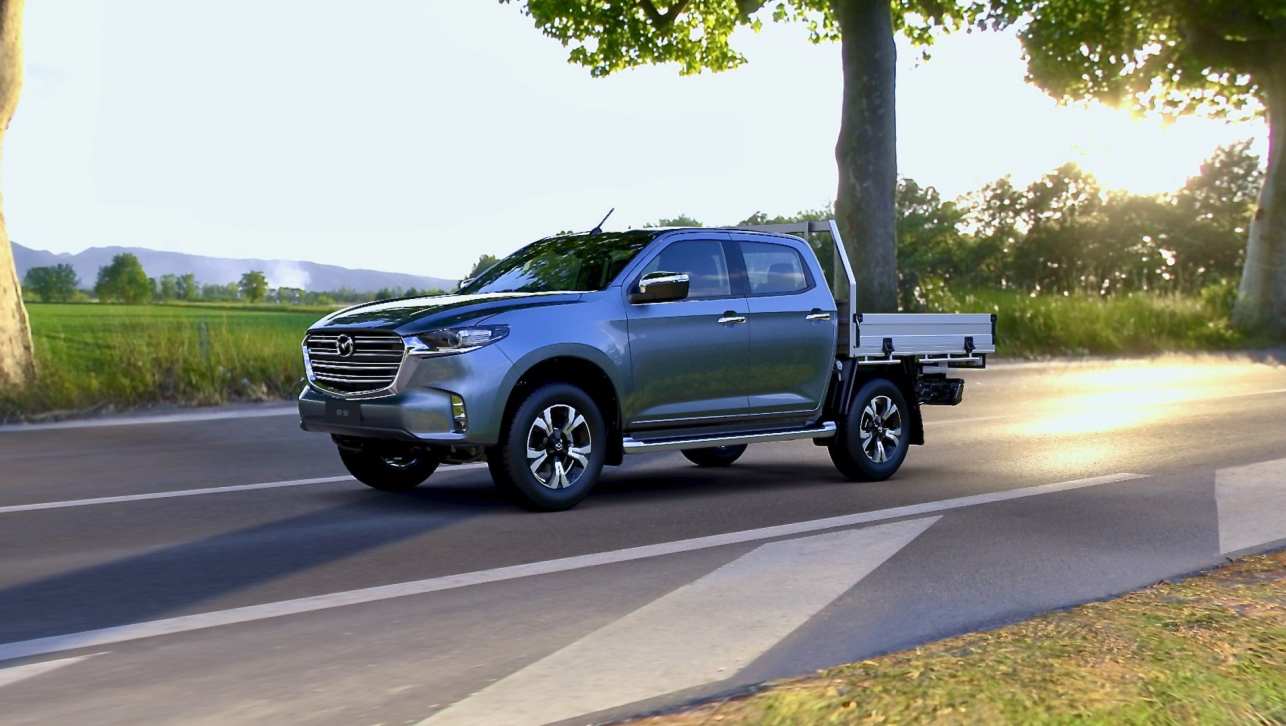
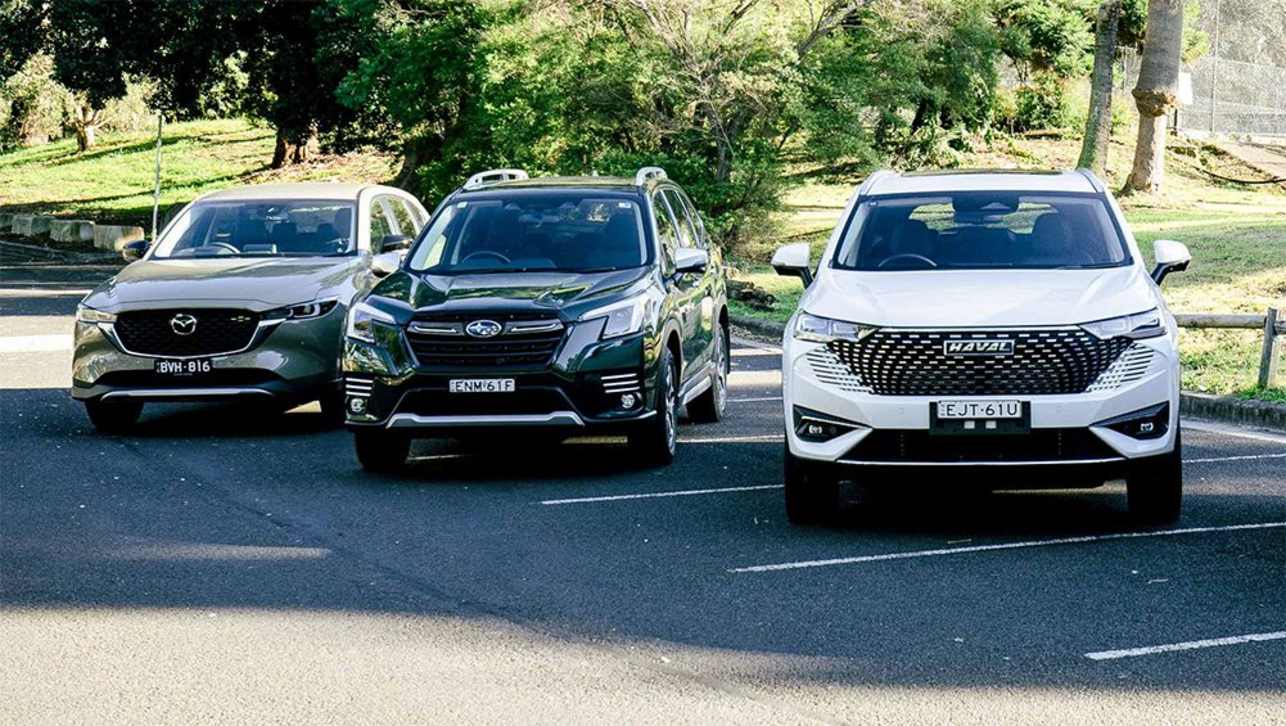
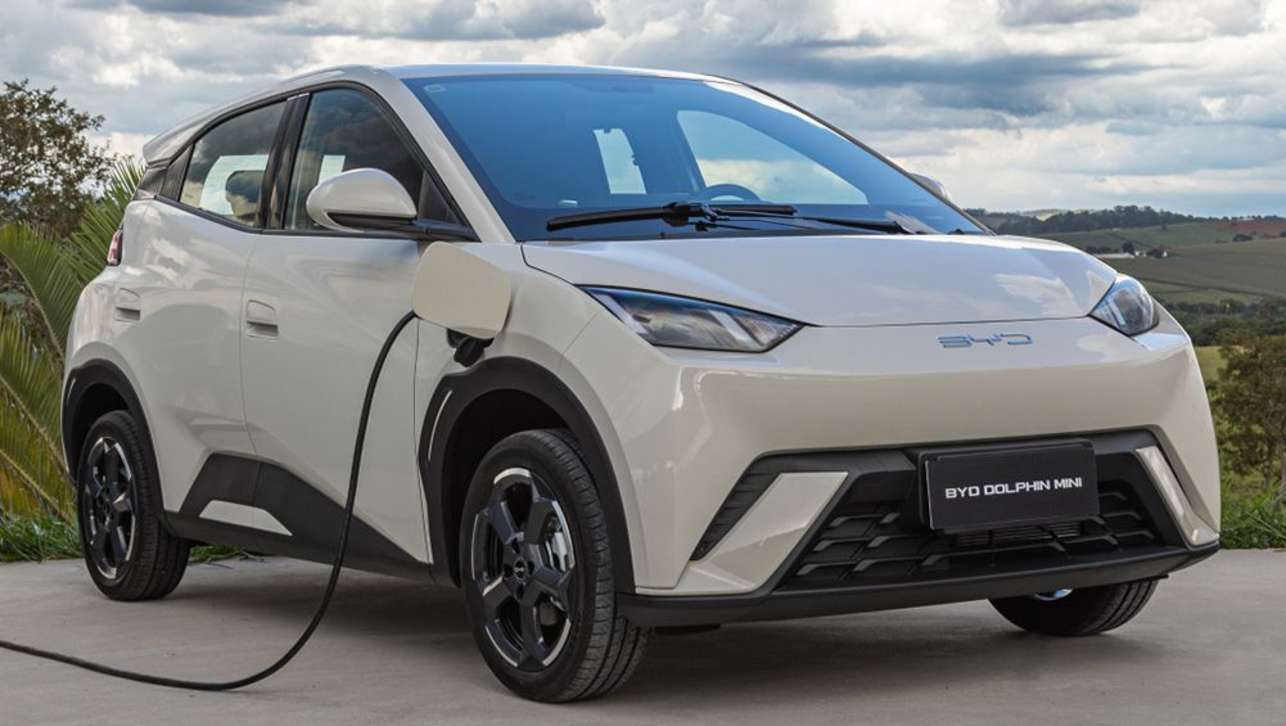
.jpg)
.jpg)





.jpg)
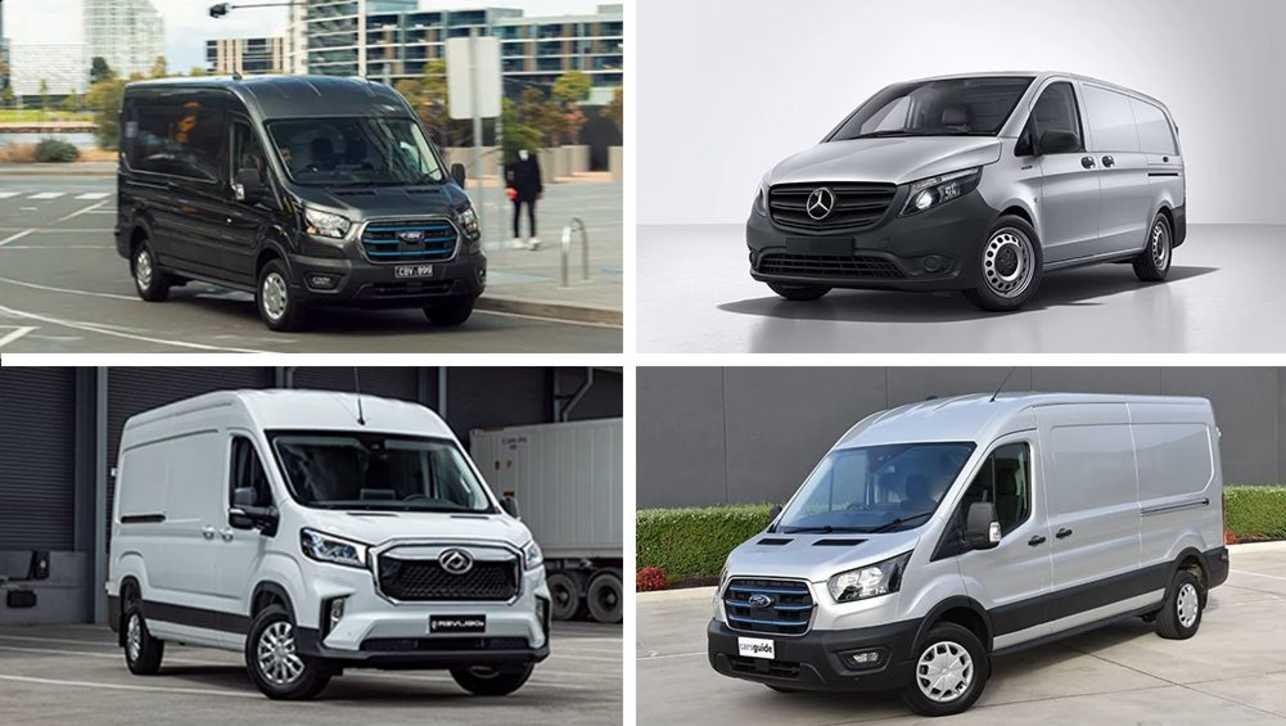
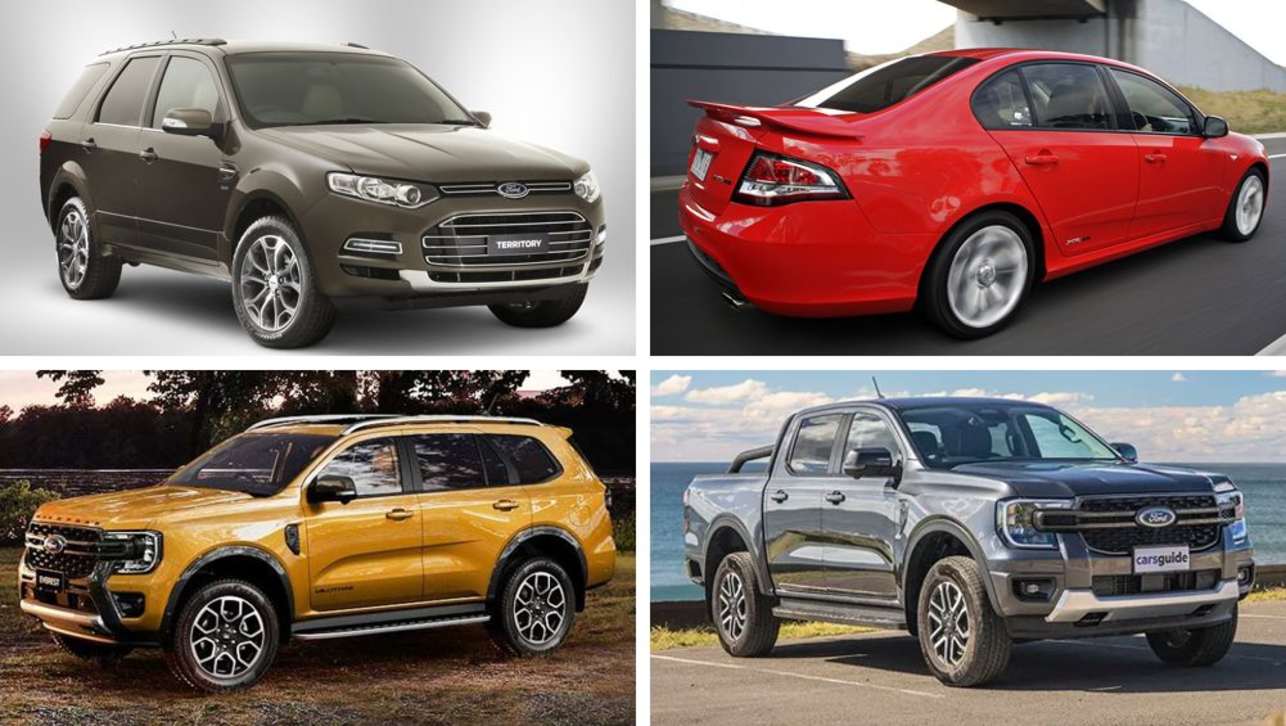
.jpg)




Comments